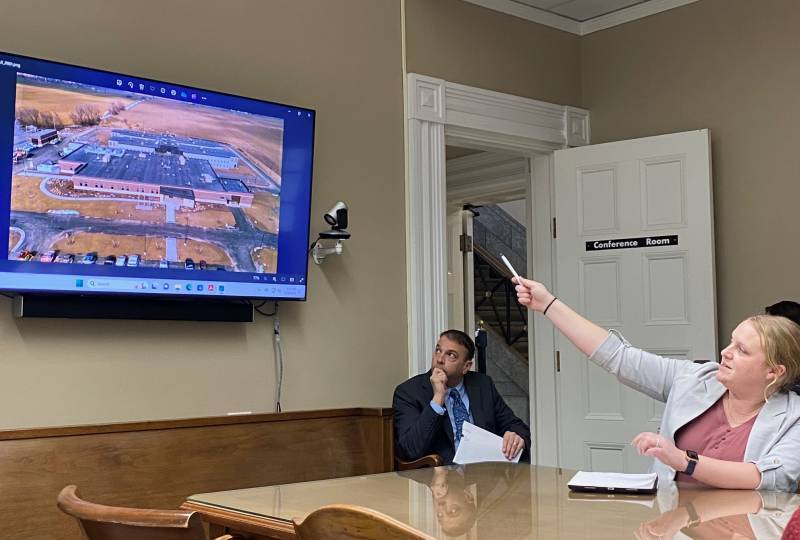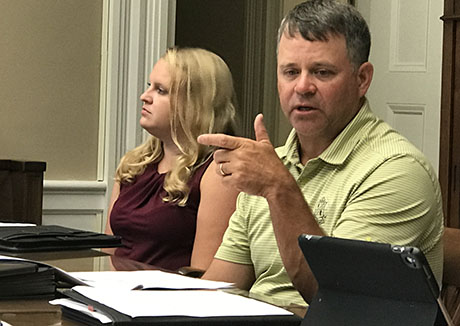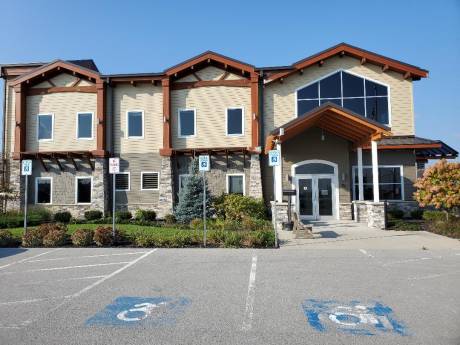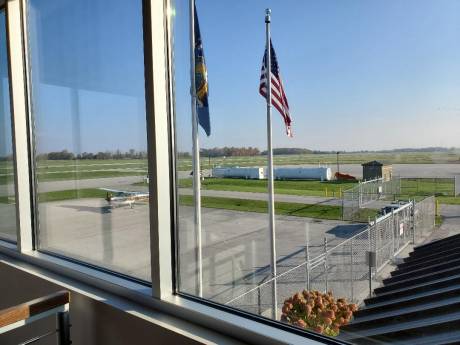Wings Over Batavia aerobatic performer Rob Holland dies in crash Thursday

Aerobatic pilot Rob Holland, who performed in the return of Wings Over Batavia Air Show in 2023 and 2024, and became an integral member of the local team effort to secure a host site in Batavia for the 2026 World Aerobatic Championships, died in a crash Thursday at Langley Air Force Base.
An announcement posted on Holland’s social media site on Thursday afternoon stated that the cause of the crash was unknown at the time and was under investigation.
“It is with the heaviest of hearts that I am sharing that Rob Holland lost his life today, 24 April 2025, in an accident at Langley AFB, VA.,” the post stated. “Rob was one of the most respected and inspiring aerobatic pilots in aviation history. Even with an absolutely impressive list of accomplishments, both in classical competition aerobatics and within the air show world, Rob was the most humble person with a singular goal to simply be better than he was yesterday.”
Holland was a premier air show performer and freestyle aerobatic competition pilot with nearly 20 years of experience. He flew his MXS-RH, an all-carbon fiber, single-seat aerobatic airplane designed and built by MX Aircraft, for a show that thrilled fans with his breathtaking performances, local organizers had said. He was in the line-up for this year's Wings air show.
Genesee County Public Works Commissioner Tim Hens, who helped to resurrect the air show and worked to continue its momentum ever since, was taken aback to hear the news. Being on the front line meant for him and many others a familiarity with the performers beyond a spectator’s view.
“I was in shock to hear about Rob’s accident. He was the best of the best and an amazing human,” Hens said Thursday night. “My heart goes out to his family and his air show family.”
Holland, of New Hampshire, was a 2012 recipient of the Art Scholl Award for Showmanship and had more than 14,000 hours of flight time. The MXS-RH contained modifications suggested by him based on his aerobatic experiences.
One of his moves is to let out a plume of white smoke from his aircraft and seemingly stall in mid-air before continuing with deep dives and loops in his signature shiny red and black MXS-RH.
When air show leader Pete Zeliff and his team presented a plan to host the World Aerobatic Championships in rural Batavia, that team included Rob Holland, a past world participant. Holland had won the national competition 13 times, but never the world.
Holland was “one of the ones that came to us and asked what we thought about putting in an application to hold it in Batavia,” Zeliff had previously said.
Due to that prompting, the competition is scheduled to be held this summer at the airport in Batavia.
There were hundreds of mourners and well-wishers on Holland's social media site, expressing condolences, yes, but also sweet memories and messages.
“This is going to hurt me a lot. You are my inspiration to the aviation world. You got me where I didn’t think I would be,” posted one person. “I know deep down I gotta push through to make you happy. You brought me into this aviation world, and I will continue it just for you, Rob Holland.”
Another wrote that “he had a way of showing up just when you needed him. If Rob knew you were at an air show, he’d find you just to say hello. If you had a mechanical or logistical issue, he was the first to roll up his sleeves and help. He led not with ego, but with heart — setting an example of how great talent can be paired with even greater character,” the post stated. “In a world where grace and humility can feel rare, Rob embodied both. He made our lives richer by simply being in them. His legacy is not only written in the skies he painted with his aircraft, but in the countless lives he touched with kindness and compassion.
“Godspeed, Rob,” the poster signed off. “You were one of a kind, and we’re all better for having known you.”
Zeliff was not available for comment Thursday evening.















